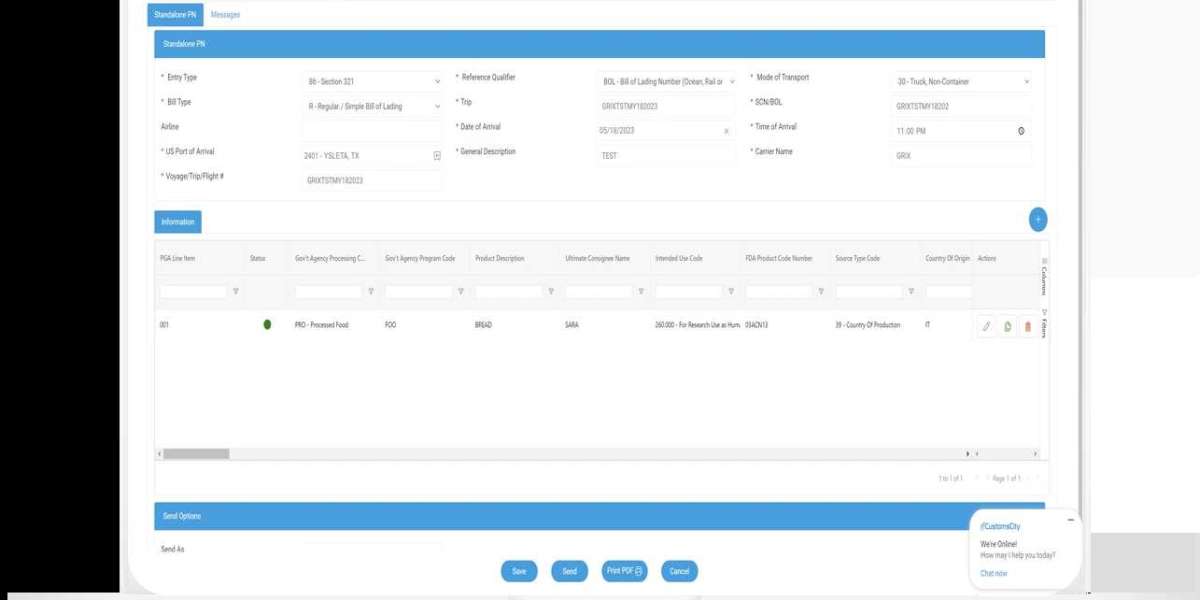Type 86 and Type 11 are two essential customs clearance processes used by U.S. Customs and Border Protection for importing goods, each serving different shipment types. Type 86 clearance is specifically designed for low-value eCommerce shipments under $800, allowing for faster, electronic filing and duty-free entry under Section 321. This makes it ideal for high-volume, low-value parcels, streamlining clearance by meeting required data elements electronically before arrival.Type 11, also known as informal entry, handles a broader range of low-value goods but involves more traditional submission methods. Unlike Type 86, Type 11 shipments generally require manual processing and may be subject to more detailed scrutiny. Understanding the key differences between these entry types is crucial for importers looking to optimize clearance efficiency and compliance.
Understanding Type 86 Clearance and Type 11
Type 86 and Type 11 are customs entry processes used by U.S. Customs and Border Protection to manage imported shipments. Both serve to clear goods through customs but differ significantly in their application, requirements, and the types of shipments they cover.
Definition of Type 86 Clearance
Type 86 is a streamlined customs entry designed specifically for low-value shipments valued at $800 or less. It supports electronic submission and is mainly used for e-commerce and small parcel imports. This entry type allows for duty-free clearance under Section 321, saving costs on duties and taxes.It also supports remote filing, which expedites the clearance process. However, it adheres to specific requirements like providing appropriate data for Partner Government Agencies (PGAs). Type 86 entries simplify customs processing for eligible shipments, making it a preferred choice for low-value imports.
Overview of Type 11
Type 11 is an informal entry used for shipments that do not qualify for streamlined processes like Type 86. Unlike Type 86, Type 11 entries can apply to goods with higher values and require a power of attorney from the consignee. This entry type involves more detailed documentation and compliance with traditional customs rules.Type 11 often covers shipments needing duties, taxes, or fees beyond what Type 86 allows. It requires manifesting under ACE (Automated Commercial Environment) standards and is generally more complex and time-consuming. This entry suits goods that fall outside the low-value threshold or have special import restrictions.
Differences Between Type 86 Clearance and Type 11
Feature | Type 86 Clearance | Type 11 Entry |
Shipment Value | ≤ $800 under Section 321 | No fixed value limit, usually $800 |
Duties and Taxes | Exempt from duties, taxes, and fees | Duties and fees often apply |
Filing Method | Electronic, supports remote filing | Informal, requires power of attorney |
Usage | Low-value e-commerce shipments | Higher-value shipments or restricted goods |
Compliance | Must meet PGA data requirements | Follows traditional customs compliance |
Type 86 aims to accelerate clearance by reducing paperwork and fees for eligible goods. Type 11 is more formal, managing broader cargo categories with stricter documentation needs. The choice depends on shipment value, destination, and regulatory requirements.
Application, Eligibility, and Processing
Type 86 and Type 11 clearances serve different needs in customs processing but share a focus on compliance and thorough documentation. Understanding the eligibility requirements, application steps, and necessary paperwork is crucial for managing these entry types effectively.
Eligibility Criteria
Type 86 clearance is intended primarily for low-value shipments, generally valued under $800, entering the U.S. under Section 321. It suits importers looking to avoid duties and simplify customs without compromising compliance. Eligibility requires that shipments qualify as de minimis, meaning they must meet limits on value and type of goods.Type 11 clearance applies to a broader range of merchandise but demands more rigorous review because it is a formal informal entry process. Applicants must show good standing with customs and provide evidence of compliance with import regulations. This clearance type is often reserved for shipments that require more detailed examination or that do not meet low-value thresholds.
Application Process for Type 86 Clearance
Applying for Type 86 clearance involves filing the entry electronically with U.S. Customs and Border Protection (CBP). Importers submit the necessary data upon or before cargo arrival to ensure smooth processing.The process leverages automated systems for rapid clearance, minimizing delays. Since Type 86 entries are voluntary, importers decide if this streamlined method suits their shipment profile. Accuracy in shipment value, description, and importer details is essential for acceptance.
Steps for Acquiring Type 11
Applying for Type 11 clearance is more involved and requires submitting a Standard Form 86 (SF-86) questionnaire for background checks if the application involves personnel clearance. It also demands formal entry documentation and often supplemental paperwork.Importers must coordinate with customs brokers or directly with CBP to file detailed declarations. The process may include physical inspection, especially if the shipment’s risk or value exceeds thresholds for simpler entry types. Timely submission is critical to avoid delays or penalties.
Required Documentation
For Type 86, basic documents include accurate commercial invoices, detailed descriptions of goods, and proof that the shipment value is under the de minimis threshold. No duty payments or bonds are generally required.Type 11 demands more extensive records: formal entry documents, a comprehensive cargo manifest, and background information forms like SF-86 if personnel clearance is needed. Supporting documents proving compliance with regulatory standards must also be submitted. Proper organization of these records streamlines customs processing and reduces the risk of hold or rejection.
 Meet Ups
Meet Ups
 Experiences
Experiences
 Learning Center
Learning Center
 Accommodation
Accommodation
 Roomie
Roomie
 Ride
Ride
 Spread the Word
Spread the Word
 Student Bazaar
Student Bazaar
 Jobs
Jobs
 Blogs
Blogs
 About StudentInsta
About StudentInsta

